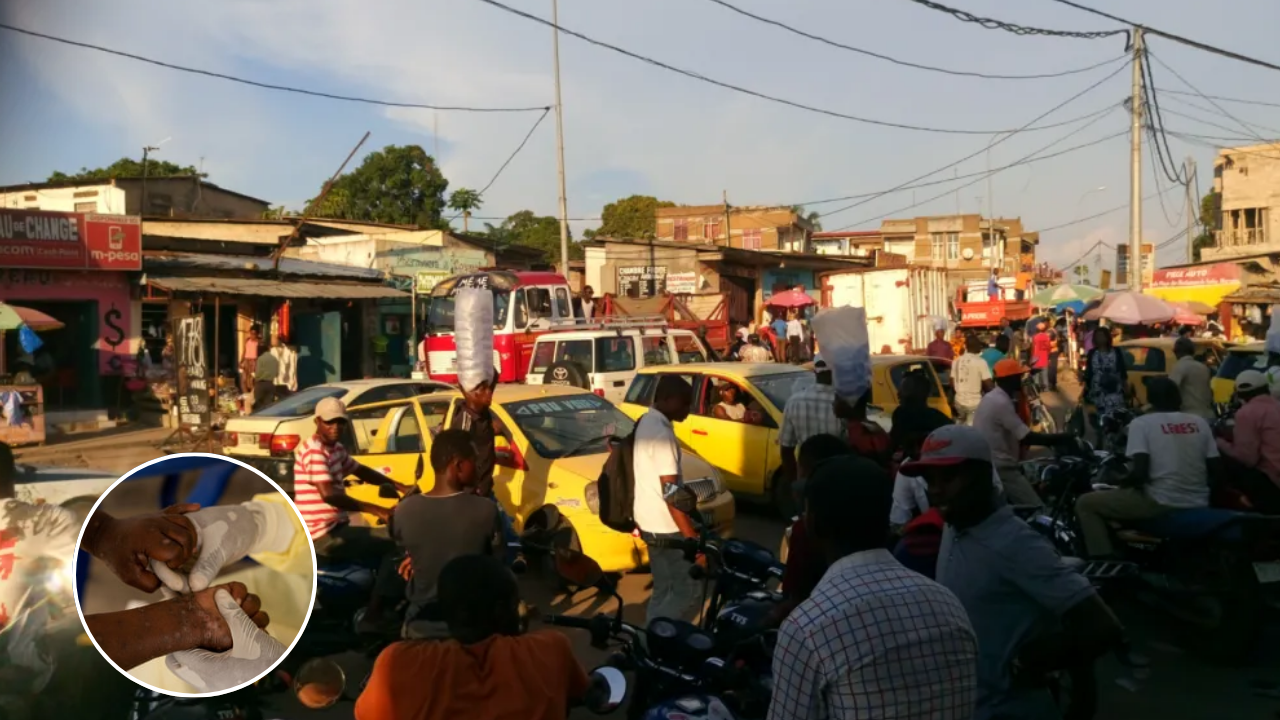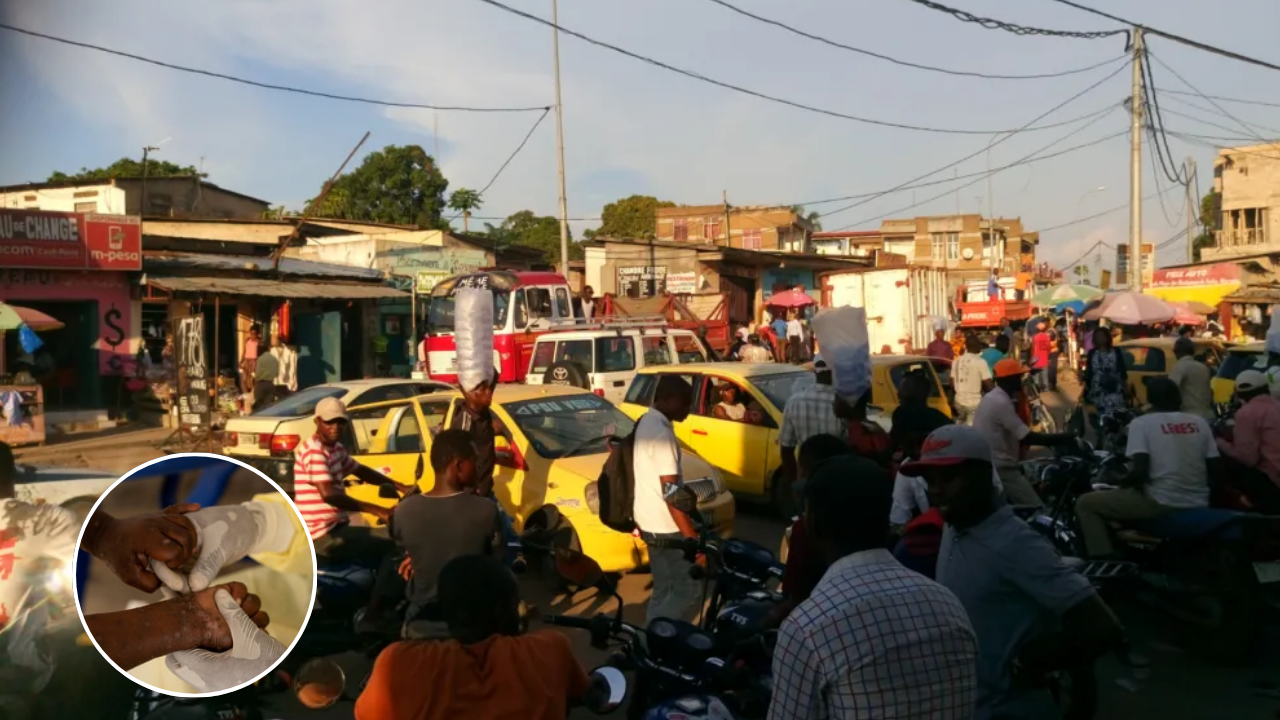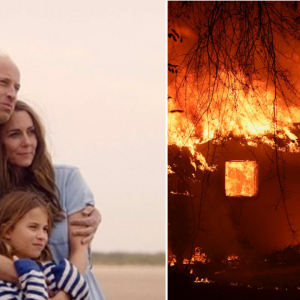Since the last week of October, a mysterious illness has been afflicting people in Kwango province, southern Democratic Republic of Congo.
Since late October, hundreds of people in a remote part of the Democratic Republic of Congo have been suffering from a mysterious illness that causes a range of symptoms including fever, aches, coughs and runny noses. Health officials have yet to determine the cause of the outbreak or whether it is “disease X” – the name given by the World Health Organization to a hypothetical future pandemic that could be as severe as the COVID-19 pandemic that has raged and caused serious damage.
According to the WHO, the mysterious disease began to afflict people in Kwango province, southern Democratic Republic of Congo, in the last week of October. By December 5, the WHO had recorded more than 400 cases and 31 deaths – equivalent to a mortality rate of 7.6%. Meanwhile, the estimated mortality rate of COVID-19 is only about 1%.
Most of the cases and deaths in Congo are among children, especially those under five years old. All of the severe cases among children are due to malnutrition, the WHO said . Although the outbreak appeared to peak in early November, another outbreak is ongoing.

Is this “Disease X”?
The WHO coined the term “Disease X” in 2018 to raise awareness of the threat posed by unforeseen pathogens. And the following year, a new coronavirus began circulating in Wuhan, China.
However, experts say most outbreaks are caused by familiar pathogens. Ten samples have tested positive for malaria, the WHO said.
WHO Director-General Tedros Adhanom Ghebreyesus said there could be multiple pathogens involved in the outbreak and authorities were continuing to test further samples.
Africa CDC Director General Jean Kaseya said the timing of the Democratic Republic of Congo’s government alerting the WHO about the outbreak in late November was too late:
“We certainly don’t want to see any outbreak that takes five to six weeks to be reported.”
The outbreak began about 48 hours away from the capital Kinshasa, according to the WHO. There are no laboratories in the area capable of testing samples, meaning they have to be transported to the capital for testing.
A recent survey by the Africa Centers for Disease Control and Prevention, which did not include the Democratic Republic of Congo, found that many countries there lack the infrastructure and laboratories needed to diagnose the disease.
There are expected to be 180 public health emergencies in 2023, mostly from infectious diseases such as Marburg, mpox, polio and others. Most of the 15 countries surveyed said they lacked consistent access to supplies, medical supplies and chemicals to perform tests.
Why are there so many deaths?
While it is still unclear what caused the outbreak, there are factors that may have contributed to the country’s high death rate.

The Democratic Republic of Congo is in the throes of conflict, with some six million people killed in armed violence in the eastern part of the country alone since 1996. In the west, including Kwango, intercommunal violence has flared up, exacerbating food shortages.
The United Nations World Food Programme calls this one of the world’s worst hunger crises. Millions of people have lost their livelihoods as they flee conflict, some 25.6 million people are suffering from emergency levels of food insecurity, and nearly 4.5 million children are severely malnourished.
In particular, the WHO report said that food insecurity in Kwango rose from moderate to crisis levels between April and September. Malnourished children are more likely to suffer severe consequences from measles and other diseases, while low vaccination rates make people in Kwango more vulnerable to severe consequences from disease outbreaks.
Persistent levels of conflict and poverty have left many of these lands without the health care and diagnostic infrastructure needed to care for the sick or sound the alarm about sudden disease outbreaks.










